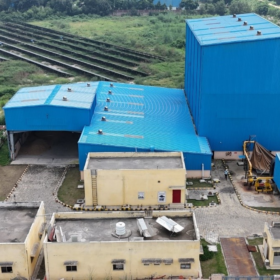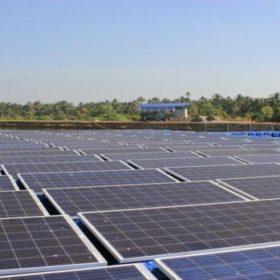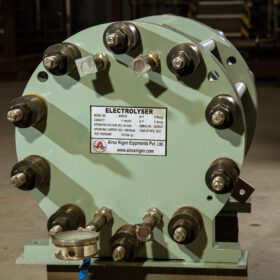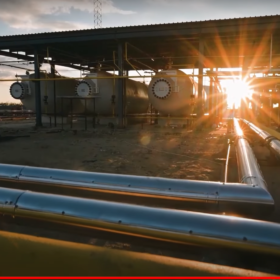Driving India’s green energy transition: Effective government policies and incentives
If India is to lead the global green energy revolution, the nation needs to take several key measures such as redirecting financial support from traditional energy sources to clean energy technologies, introduction of a well-structured carbon pricing mechanism, and incentivizing emerging technologies.
Epsilon, Korea’s Daejoo join hands to develop graphite-rich silicon composite anode material for EV lithium batteries
Epsilon Advanced Materials and Daejoo Electronic Materials aim to jointly develop graphite-rich silicon composite anode materials for lithium-ion batteries with a capacity of 450 – 600 mAh/g, thereby increasing discharge capacity by 50% and life span by thousands of cycles.
What happens when malware hits PV systems
A random malware variant affected about 800 remote monitoring devices at ground-mounted PV plants in Japan in May 2024. Tokyo-based cybersecurity firm Girasol Energy has told pv magazine what happened and how PV asset owners can protect themselves against such incidents.
The Hydrogen Stream: NTPC to produce green hydrogen from municipal solid waste, agri-waste using plasma-based oxy gasification technology
The demonstration plant will produce about 1 tonne of green hydrogen per day by gasifying about 25 tonnes of municipal solid waste or agri-waste per day.
NTPC, ONGC to form renewable and new energy joint venture company
This joint venture company will venture into various renewable energy and new energy opportunities including solar, wind, energy storage, green molecule, e-mobility, carbon credits, green credits, etc.
Shoots of growth for Indian green hydrogen
India is laying the foundations of a hydrogen economy with huge governmental support. pv magazine spoke to Jakson Green CEO Bikesh Ogra about the company’s manufacturing and production activities in light of India’s ambitious hydrogen plans and the central role electrolyzer manufacturing is set to play.
India, Germany release joint roadmap for green hydrogen
The Indo-German Green Hydrogen Roadmap outlines key strategies to encourage private sector investment, promote green hydrogen trade and export, and facilitate the exchange of information, particularly around challenging hard-to-abate sectors and certification standards.
“We aim to emerge as the preferred supplier of hydrogen electrolyzers,” says Airox Nigen CEO
Anil K Agrawal, founder and chief executive officer, Airox Nigen Group, spoke to pv magazine ahead of the launch of the company’s new arm Aspire Hydrogen. Led by Aniruddh Agrawal, Aspire Hydrogen will set up an integrated green hydrogen value chain in Haryana. This incidentally coincides with 30 year completion of Airox Nigen.
Solving the UV problem of n-type solar
Laboratory testing has revealed that some negatively-doped, “n-type” tunnel oxide passivated contact (TOPCon) and heterojunction (HJT) solar modules are susceptible to ultraviolet (UV) light-related damage and degradation. That could mean trouble down the line, if modules in the field begin to show UV-related performance loss. Manufacturers are implementing solutions at cell and module level.
Optimal tilt angle for bifacial PV deployed on white-painted ground surfaces
Scientists in India have analyzed the performance of a bifacial PV module installed on a white-painted ground surface and have found a 30-degree tilt angle outperforms all other inclinations angles in terms of power output.















